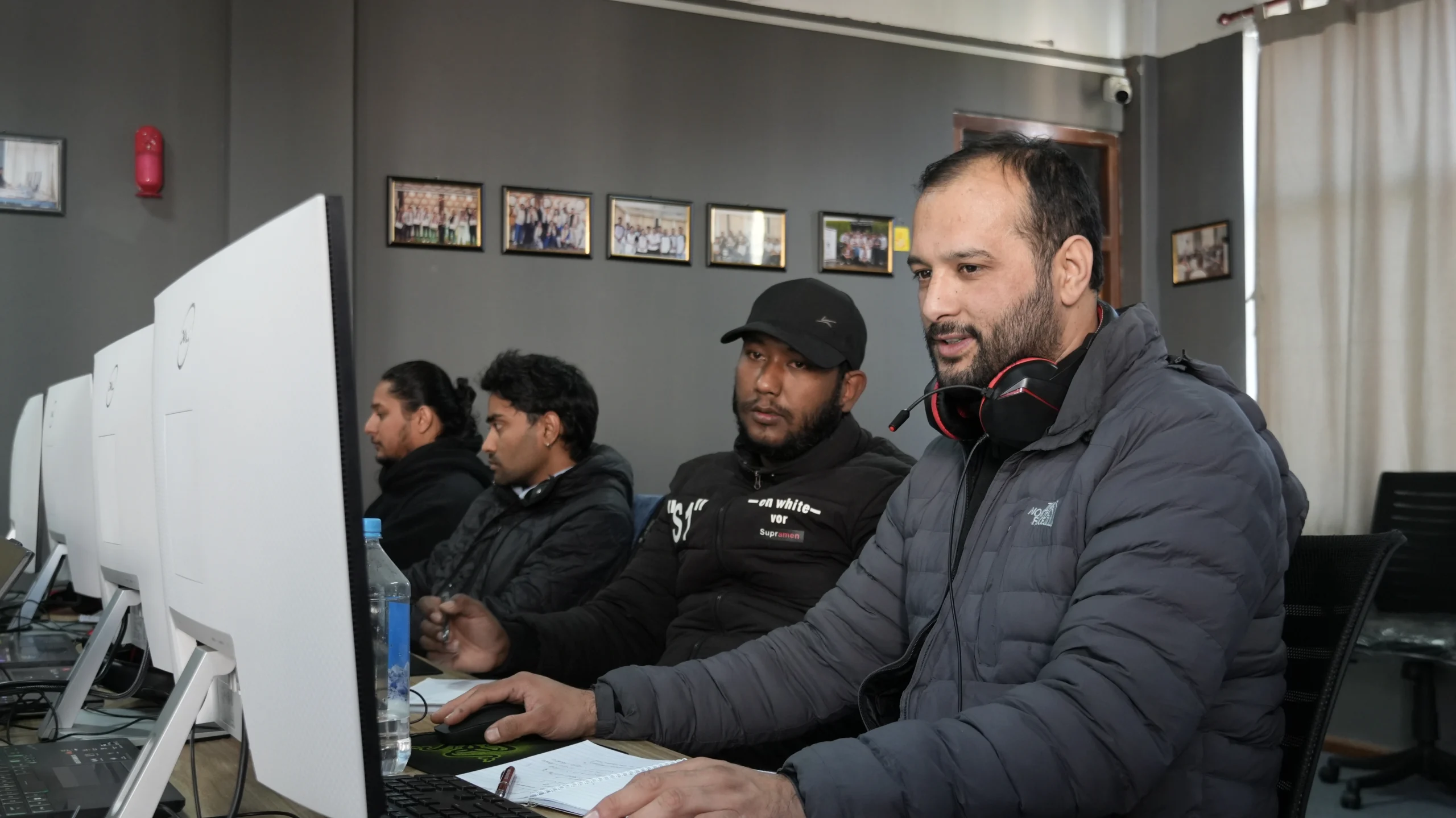Adobe Premiere Pro: 10 Essential Right-Click Commands

Adobe Premiere Pro: 10 Essential Right-Click Commands Every Editor Should Know
In the fast-paced world of video editing, efficiency is everything. While most editors focus on keyboard shortcuts to speed up their workflow in Adobe Premiere Pro, using Premiere Pro right-click commands can unlock a hidden treasure trove of time-saving features. These context-sensitive commands can drastically improve your productivity, helping you edit faster and smarter.
At Omega Film Institute, Nepal’s top-rated video editing school, we teach our students how to master every nuance of industry-standard software like Premiere Pro. In this blog, we’ll explore the 10 most essential Premiere Pro right-click commands that every aspiring and professional editor in Nepal should know.
1. Ripple Delete
What it Does:
Deletes a selected clip or gap and automatically shifts everything on the timeline to close the space.
How to Use:
Right-click on a clip or empty gap > Ripple Delete
Why It Matters:
Saves you from manually dragging clips and helps maintain timeline continuity. It’s ideal for cleaning up rough edits quickly.
2. Replace with Clip > From Source Monitor
What it Does:
Swaps an existing clip on your timeline with another clip from the Source Monitor without affecting the timeline duration.
How to Use:
Right-click on the timeline clip > Replace with Clip > From Source Monitor
Why It Matters:
Perfect for quickly testing alternative takes or B-roll shots while preserving your edit timing.
3. Speed/Duration
What it Does:
Adjusts the playback speed and duration of a selected clip.
How to Use:
Right-click on a clip > Speed/Duration
Why It Matters:
This command allows you to create slow-motion, time-lapse, or even reverse footage without jumping through menus.
4. Nest
What it Does:
Combines multiple clips into a single nested sequence.
How to Use:
Select multiple clips > Right-click > Nest
Why It Matters:
Organize complex edits and apply effects or transitions uniformly. Great for compositing or motion graphic sequences.
5. Unlink
What it Does:
Separates the audio and video portions of a clip.
How to Use:
Right-click on a linked clip > Unlink
Why It Matters:
Allows for independent editing of audio and video. Essential when syncing audio manually or removing unwanted background sound.
6. Add Frame Hold
What it Does:
Freezes a single frame at the playhead position.
How to Use:
Right-click on a clip > Add Frame Hold
Why It Matters:
Useful for creating dramatic pauses, stylized cutaways, or title backgrounds.
7. Label Color
What it Does:
Changes the clip’s label color for visual organization on the timeline.
How to Use:
Right-click on a clip > Label > [Choose Color]
Why It Matters:
Color coding your clips helps differentiate between interviews, B-roll, graphics, and audio layers.
8. Scale to Frame Size / Set to Frame Size
What it Does:
Resizes clips to match the sequence resolution.
How to Use:
Right-click on a clip > Scale to Frame Size or Set to Frame Size
Why It Matters:
Quickly fits oversized media to your project resolution without manual adjustments.
9. Apply Default Transitions
What it Does:
Automatically adds your default video or audio transition to a selected clip or between two clips.
How to Use:
Right-click between two clips > Apply Default Transitions
Why It Matters:
Speeds up the process of adding cross-dissolves or audio fades for smoother cuts.
10. Reveal in Project / Reveal in Finder (Explorer)
What it Does:
Locates your clip in the Project panel or file location on your hard drive.
How to Use:
Right-click on a clip > Reveal in Project or Reveal in Finder
Why It Matters:
Useful for locating source files, managing media, or replacing missing links.
Why These Commands Matter for Editors in Nepal
As the demand for high-quality content continues to rise in Nepal—from music videos and vlogs to documentaries and commercials—knowing your software inside and out gives you a distinct edge. At Omega Film Institute, we ensure our students don’t just learn video editing; they master it.
Our courses cover:
- Adobe Premiere Pro from beginner to advanced
- DaVinci Resolve color grading
- Real-world projects in Nepal’s media landscape
- Efficient workflows and shortcut mastery
Mastering right-click commands is just one of many techniques we teach to help students produce professional-level content efficiently.
Final Thoughts
Right-clicking may seem basic, but in Adobe Premiere Pro, it opens the door to some of the most useful and efficient editing tools available. Whether you’re working on wedding videos, YouTube content, or professional brand campaigns in Nepal, knowing these commands will give you a smoother, faster editing experience.
Looking to become a pro editor in Nepal? Join Omega Film Institute, where creativity meets technical mastery, and transform your passion into a thriving career.
Let us help you become not just a video editor—but a storytelling powerhouse.
